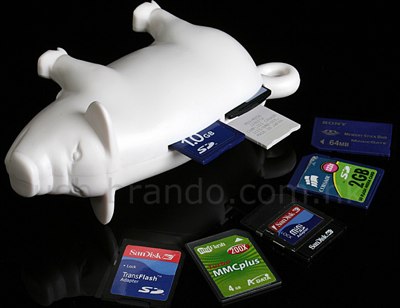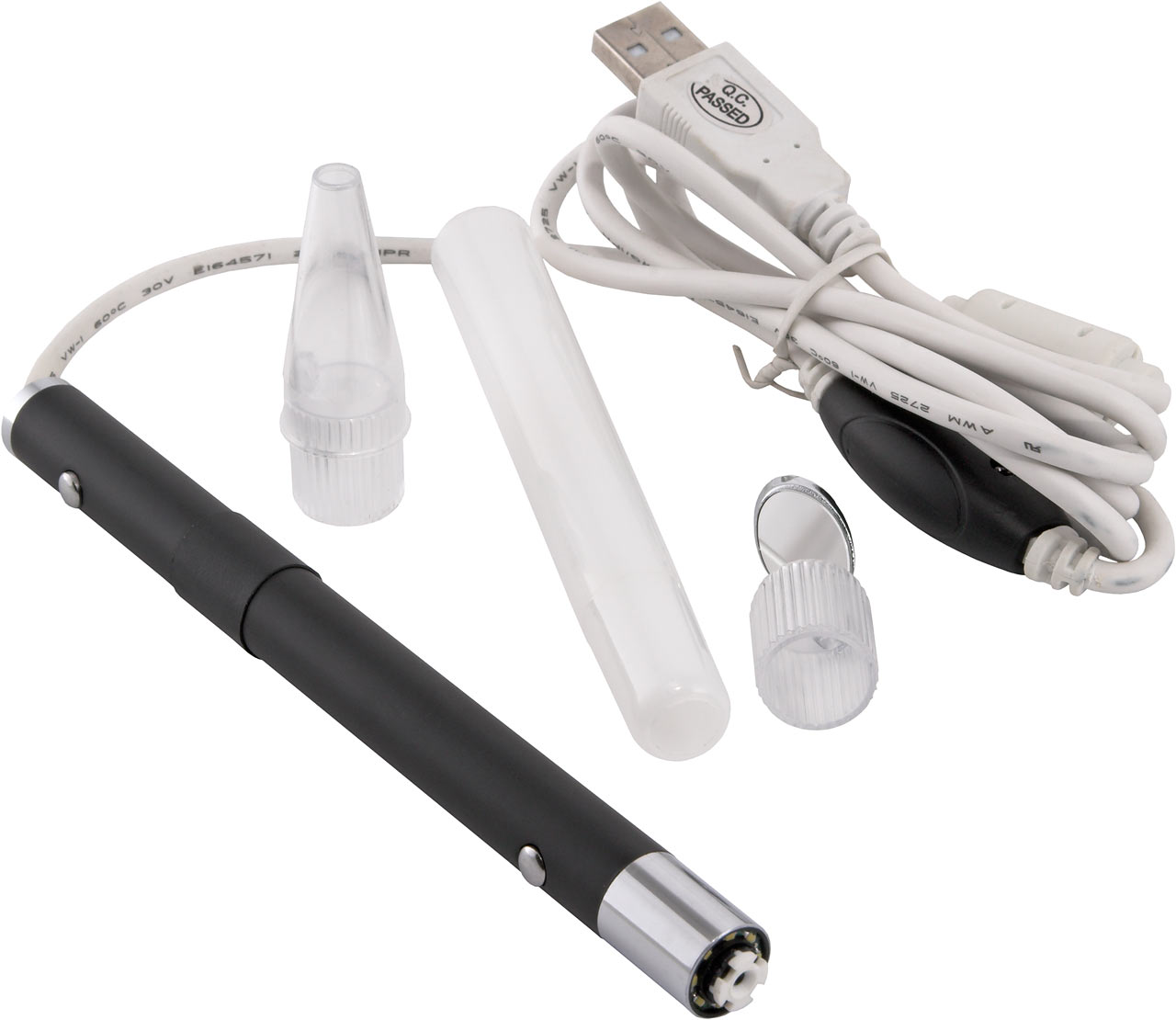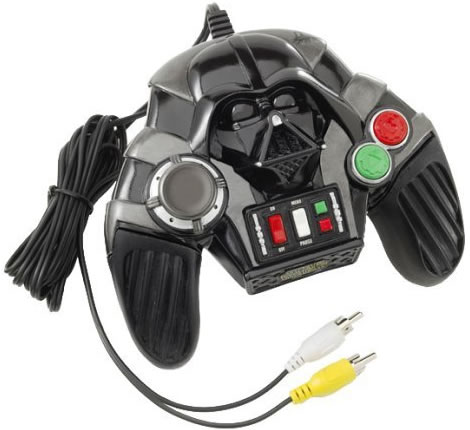 LCD monitor
LCD monitor
A
monitor that uses
LCD technologies rather than the conventional
CRT technologies used by most desktop monitors. Until recently, LCD panels were used exclusively on
notebook computers and other portable devices. In 1997, however, several manufacturers began offering full-size LCD monitors as alternatives to CRT monitors. The main advantage of LCD displays is that they take up less desk space and are lighter. Currently, however, they are also much more expensive.
Why LCD?
Ever wondered why the bigger CRT screens weigh more? Blame it on technology that is used for display. A CRT monitor uses an electron gun to bombard electrons over a glass tube coated with phosphor, which glows when struck by the electron beam. While in LCDs , liquid crystals sandwiched between thin polarized sheets are used. This setup allows LCDs to be sleeker and less heavier than CRTs. They consume 1/3rd of the power of a CRT. They also emit lesser radiation than CRTs, and therefore are less stressful for eyes. So if your employees spend long hours in front of their PCs, then it's better to give them LCD monitors. There is one small drawback in LCDmonitors. The viewing angle of most LCD monitors is only 160 degrees, so if you try to view the monitor from the sides, you may not be able to see anything. Nevertheless, that's a small price to pay compared to the benefits you'll get by using them.
Plan your purchase
There are many factors to consider when choosing an LCD monitor, and it's important to spend some time on them because it's a long term investment. You may be on a tight budget or might be facing space constraints. You could have specific needs such as gaming or video editing or to put a fancy looking monitor on your office's front desk. Let's see what all needs to be considered.
Screen-Size
LCD screen sizes vary from 15 to 28 inches nowadays. Typically for routine office work, 15" LCD monitors are sufficient. However, by paying a little extra, you can also go for a 17" LCD. The catch is that when you're buying in volumes, then even a small per unit price differential can sum up to become a sizeable amount to pay. So price differential isn't the only reason to choose a bigger or smaller screen size. It's the actual need that matters. If you need it for employees who're going to use it for a single or very few applications, then a 15" LCD is sufficient. However, if the work demands working on multiple applications simultaneously, then extra screen space can be a boon for the user. If your work includes animation, then ideally a 19" or a 22" LCD is recommended, as they provide enhanced video experience. Moreover, as 22" LCDs are capable of providing full HD output, they are better suited to designers and video editors.
Aspect ratio
CRT monitors usually have an aspect ratio of 4:3. The LCD monitors too have a 4: 3 aspect ratio. However, the current trend of high-def TV, widescreens and 16:9 DVDs have made 16:9 LCDs the flavor of the season. For Xtra widescreen, 16:10 aspect ratio is also available. Widescreen monitors are capable of displaying 16:9 videos in full screen mode without cropping them. But this doesn't mean that the screen size of widescreen monitors is more than that of 4:3 ratio displays. What they gain in terms of a wide display, they lose the same in height. So a 19" LCD has the same height as a 17" LCD, even though it may look bigger due to the wide stretch. Interestingly, all monitors above 20" are available in widescreen only.
Resolution
All LCD monitors have a native resolution at which they will give you the best quality viewing. Apart from this, they would also support a few other resolutions. You need to check how many such resolutions are supported in a LCD monitor, because non-supported resolutions will result in distorted images. Most of the 4:3 LCDs have a maximum resolution of 1280 x 1024, which is appropriate for routine usage other than watching high-def (i.e. 16:9) videos. The widescreen LCDs come with resolution of 1440 x 900, 1680 x 1050 or 1920 x 1200 pixels and that makes them appropriate for high-def video playback as well as other tasks. Most of the games these days also come with support for widescreen resolution display.
Viewing Angle
This is one of the most crucial parameters. Both the horizontal and vertical viewing angles must be checked. With LCDs, the display appears perfect when you sit right in front but deteriorates as you move sideways. So, always buy the one that has the maximum viewing angle. For best viewing experience, we suggest a monitor having a viewing angle of 160 degrees and above.
Adjustments
LCD monitors are light and portable and usually need to be attached to a separate stand. There are LCD monitors that allow the display screen to be tilted by a certain angle or be swiveled and rotated by a certain angle. This aspect is more important for an office than a home user.
Dot Pitch
Dot Pitch refers to the distance between each pixel or pocket. The lesser the space between each pocket the crispier the image and better picture the you will get. 0.22 mm is the value of dot pitch which is recommended for intense graphics use while for normal use anything between 0.26-0.30 mm will suffice.
Auto-Adjust
This is one of the most important features of an LCD monitor. In CRTs, the display moves out of screen whenever there is a change in resolution. However, the auto-adjust feature ensures that this doesn't happen no matter what. While most monitors have the auto-adjust feature, it's still advisable to check before buying.
Pivot display
Some LCD monitors have the feature to pivot the display panel from landscape to portrait mode. This can be done by using the supplied software that comes with the monitor; it rotates and reforms the image to be displayed in the new orientation. Additionally, monitors that generally have this feature can be rotated clockwise (by 90 degree) to facilitate work in the portrait mode. This feature can be useful when you're working on long documents, you needn't scroll down while viewing a long webpage.
Inputs
LCDs work best with the digital input, so if the LCD is attached via a D-sub port then the digital data is converted to analog and then at the monitor it is converted back to digital format which leads to loss in signal quality. The DVI interface eliminates this conversion process and directly transmits digital signal to provide lossless display. DVI with HDCP input is the best, HDCP encrypts the transmission of digital content from the computer and the monitor that supports HDCP can then decrypt the transmitted data without any loss in the integrity of the transmitted content. So, the LCDs having DVI with HDCP are recommended, even if they cost you a bit more. Monitors above 22" are capable of displaying full HD content, and some of them even come with HDMI input that is capable of transmitting HD content without any loss of quality. Infact, now there are graphics cards too that come with HDMI output.
On-Screen display
Similar to CRTs, LCDs also need to be adjusted for brightness, contrast, and color. Thus LCDs also come with adjustment keys that provide OSD controls. One should check that these controls are easy to use, quick to learn, and the keys on front panel are not flimsy. Some manufacturers also provide an OSD lock control, which means that no one can alter your settings. If you want this feature then it is advisable to check the OSD lock feature: how easy it is to use and reset.
Audio
Apart from adding a visual element to your desktop, LCDs also offer full multimedia capabilities. A number of monitors come with onboard speakers which are perfect for casual listening. In general they don't have quite high volume, plus sometimes the output at max volume becomes shrilling. Hence, the speakers must be checked by listening to songs or watching videos on the LCD at max volume. Some LCD screens come with headphone jack either on the side or at the back of the screen. So, if your work is such that you have to be constantly connected with the headphones, then an LCD with the headphone jack option is a sensible option.
Response time
This refers to the amount of time it takes for the crystals in the LCD monitor to turn on and off. The lower the response time, the less ghosting and streaking would appear on the monitor. The response time of LCD varies between 2 and 16 ms. For general word processing and Internet browsing an LCD monitor with 8–16 ms latency would not be an issue. However, for watching videos and playing games, the monitor should have a response time of 5 ms or less to avoid blurring of screen or visible ghosting.
Other factors
These are mainly user-specific depending on the special requirements of the user.
USB ports
Some LCD monitors provide USB ports that can be handy if you have many devices to connect.
Wall mounting
If you want to put a LCD monitor in a public place, such as your reception, then this feature comes in handy.
Dead pixels:
The nemesis of LCDs Sometimes, individual liquid crystal cells get permanently stuck on or off in an LCD during manufacturing or transportation. A dead pixel is a tiny colored or black dot that does not change along with other cells and stands out in each program. There are several methods on Internet to get rid of dead pixels, but they are not 100 per cent fool proof.
LCD monitor TV
A new crop of LCD monitor TVs is coming from manufacturers like LG, BenQ, ViewSonic and Samsung. Their sizes range from 19" to 28". These monitors have the standard D-Sub and DVI ports and also have component, composite, and HDMI connectivity options. While buying an LCD it is important that you try it out.
Viewing angle, contrast, and brightness are all factors that you can decide upon only after seeing the LCD in action. Always try to check the LCD with the widest possible viewing angle. This would also ensure that you can ask for a different unit if dead pixels are present.




























